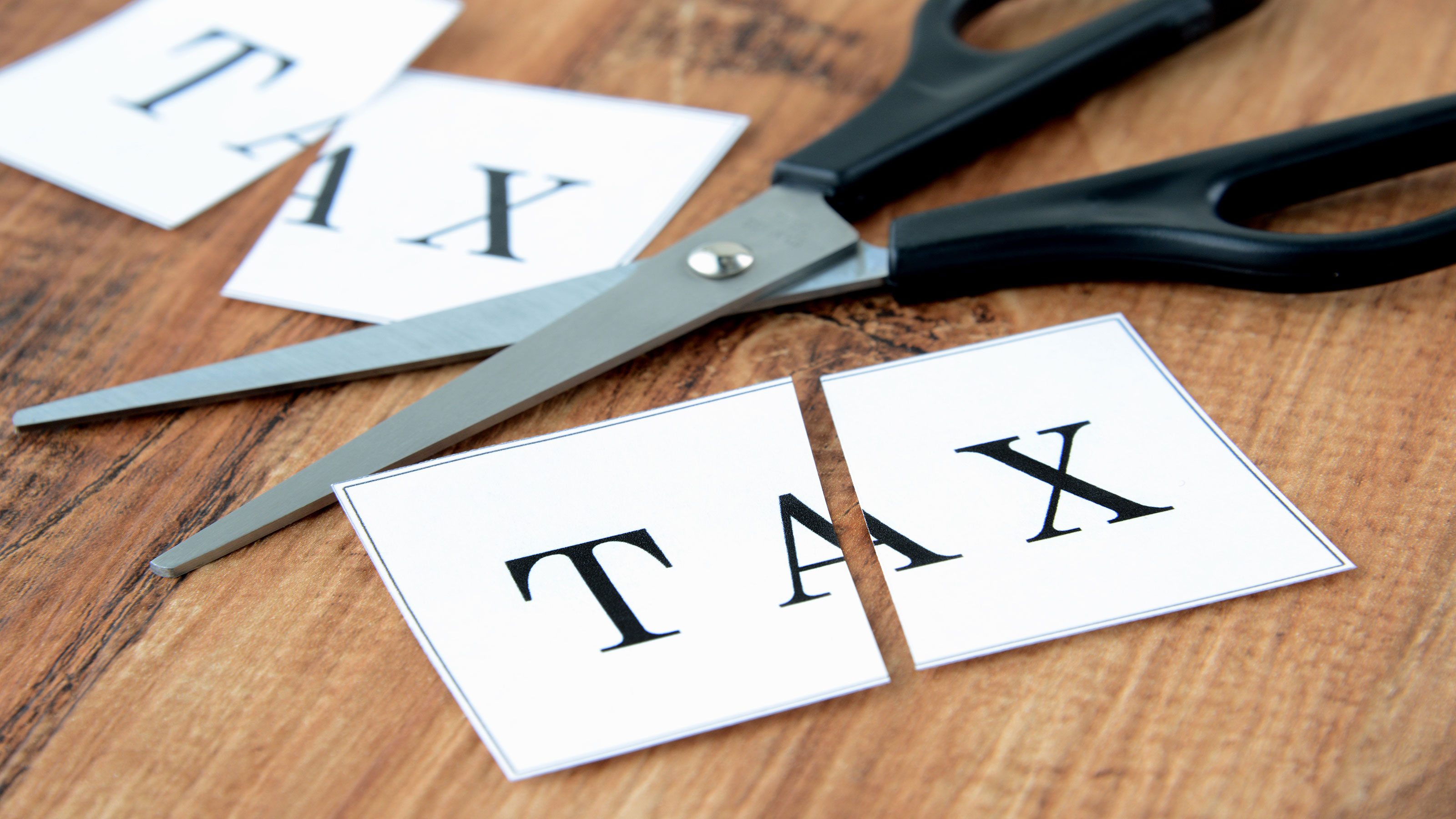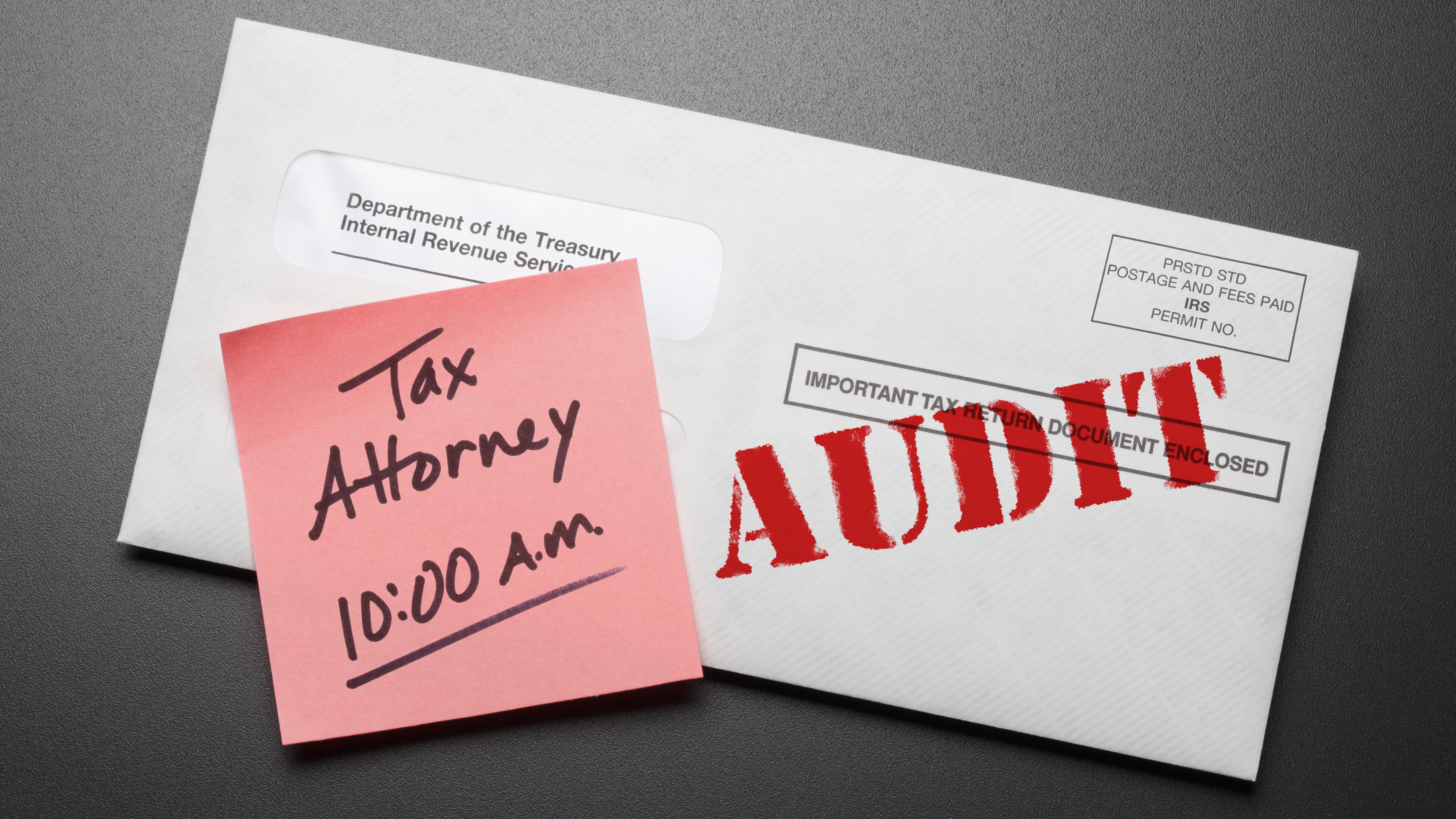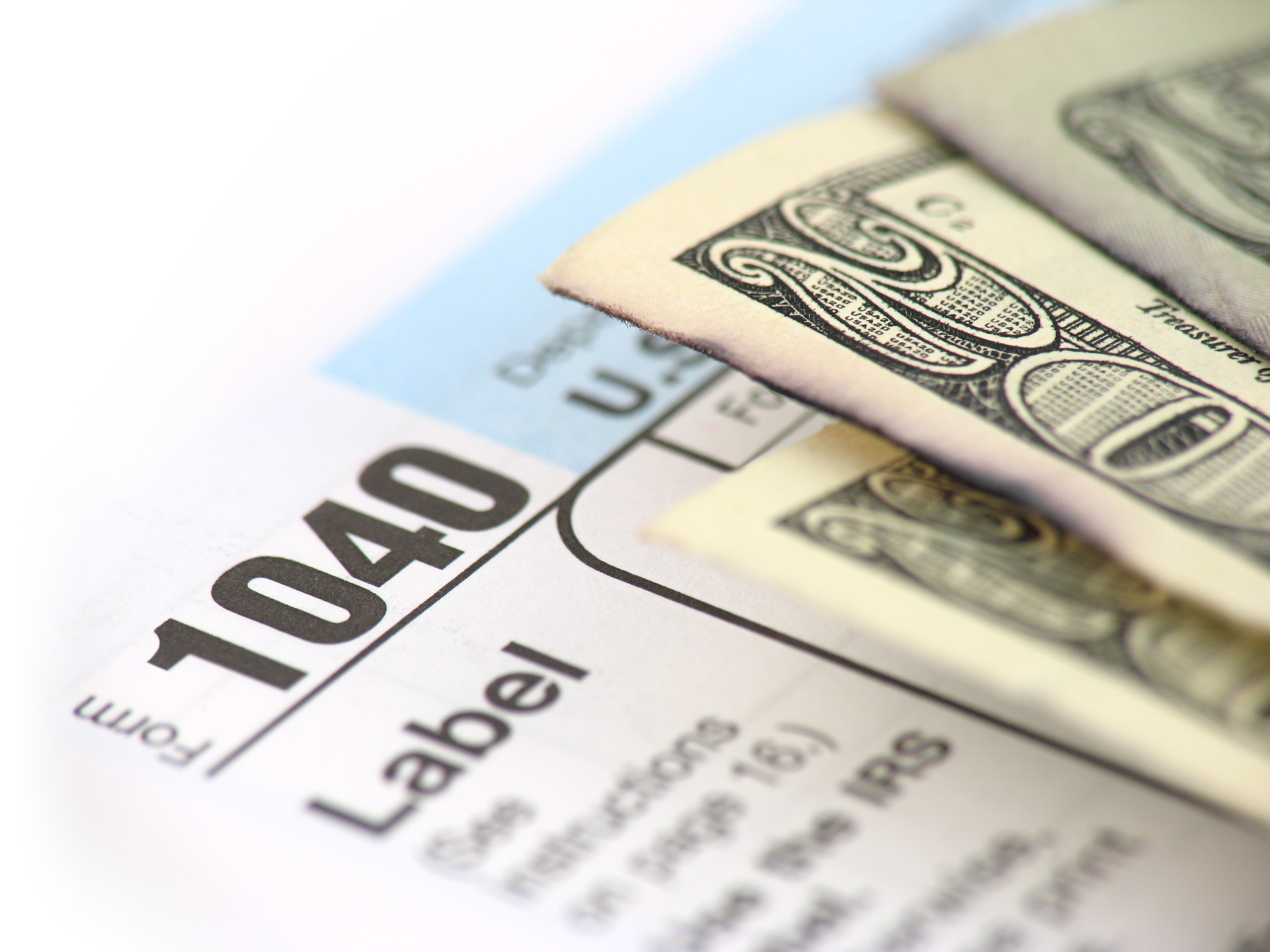Knowing How to Compute Tax Basis in Your Home Can Save You Money
Whether you're selling or buying a home, you'll want to know how to compute tax basis. It could save you on taxes when you sell.


Getting the right tax advice and tips is vital in the complex tax world we live in. The Kiplinger Tax Letter helps you stay right on the money with the latest news and forecasts, with insight from our highly experienced team (Get a free issue of The Kiplinger Tax Letter or subscribe). You can only get the full array of advice by subscribing to the Tax Letter, but we will regularly feature snippets from it online, and here is one of those samples…
Spring is a popular time for selling a home. Knowing how to calculate tax basis is vital. It can help reduce your gain when you sell. And learning the rules even before you buy a home will make the process of figuring out taxes much easier when you do decide to eventually sell your place.
Lots of home sale profit isn’t even taxed. That’s because of the home sale exclusion. If you have owned and lived in your primary home for at least two out of the five years before the sale date, up to $250,000 of the gain — $500,000 for joint filers — is tax-free. Gain in excess of these amounts is taxed at long-term capital gains rates. Many homeowners won’t crack the $250,000/$500,000 gain exclusion limits. But those living in pricey areas, or who’ve owned their homes a long time, may. If you’re in this boat, you should know what counts toward your home basis so you don’t pay more tax than necessary.

Sign up for Kiplinger’s Free E-Newsletters
Profit and prosper with the best of expert advice on investing, taxes, retirement, personal finance and more - straight to your e-mail.
Profit and prosper with the best of expert advice - straight to your e-mail.
In calculating gain or loss from a home sale, start with the selling price and subtract selling expenses and the adjusted tax basis of the home. As you can see, the higher the tax basis, the lower the gain from the sale. Figuring out the tax basis starts out easy. Begin with what you paid for the home, including the mortgage if you financed the purchase, and add in certain settlement fees. Tracking these costs is simple if you kept your settlement sheet from the purchase.
Your home’s tax basis doesn’t stay static over the years that you own it. Here are common adjustments to tax basis:
- Additions and improvements: The cost of additions made to your home and improvements that add to its value, prolong its useful life, or adapt it to new uses will increase your home’s basis. Examples of big-ticket items include adding a room, installing new air-conditioning, renovating a kitchen, finishing a basement, or putting in new landscaping or a pool. Smaller-ticket capital improvements also hike basis. These include new doors and windows, duct and furnace work, built-in appliances, water heaters and more. Repairs, maintenance and improvements that are necessary to keep your residence in good condition but don’t add value or prolong its life generally don’t hike tax basis.
- Eco-friendly upgrades: If you are putting in energy-saving improvements that qualify for tax credits or subsidies, you must first reduce the cost of the system by the tax credit or subsidy that you received before increasing your home’s tax basis.
- Prior depreciation write-offs: You must reduce the tax basis in your home by any depreciation deductions you were eligible for if you used a room or other space exclusively or regularly for business or if you rented out your home in the past.
Homeowners who keep good records will find it easier to calculate tax basis. It’s best to keep all your major home improvement receipts and invoices in one folder. If you didn’t keep these records, estimate the costs by looking at old bank statements, or call the company that originally did the remodeling or put in the upgrade.
This first appeared in The Kiplinger Tax Letter. It helps you navigate the complex world of tax by keeping you up-to-date on new and pending changes in tax laws, providing tips to lower your business and personal taxes, and forecasting what the White House and Congress might do with taxes. Get a free issue of The Kiplinger Tax Letter or subscribe.
Related stories
Get Kiplinger Today newsletter — free
Profit and prosper with the best of Kiplinger's advice on investing, taxes, retirement, personal finance and much more. Delivered daily. Enter your email in the box and click Sign Me Up.

Joy is an experienced CPA and tax attorney with an L.L.M. in Taxation from New York University School of Law. After many years working for big law and accounting firms, Joy saw the light and now puts her education, legal experience and in-depth knowledge of federal tax law to use writing for Kiplinger. She writes and edits The Kiplinger Tax Letter and contributes federal tax and retirement stories to kiplinger.com and Kiplinger’s Retirement Report. Her articles have been picked up by the Washington Post and other media outlets. Joy has also appeared as a tax expert in newspapers, on television and on radio discussing federal tax developments.
-
 The AI Doctor Coming to Read Your Test Results
The AI Doctor Coming to Read Your Test ResultsThe Kiplinger Letter There’s big opportunity for AI tools that analyze CAT scans, MRIs and other medical images. But there are also big challenges that human clinicians and tech companies will have to overcome.
By John Miley Published
-
 The Best Places for LGBTQ People to Retire Abroad
The Best Places for LGBTQ People to Retire AbroadLGBTQ people can safely retire abroad, but they must know a country’s laws and level of support — going beyond the usual retirement considerations.
By Drew Limsky Published
-
 Expiring Business Tax Breaks And Trump's Tax Plan
Expiring Business Tax Breaks And Trump's Tax PlanThe Tax Letter Four important business tax breaks are likely to be a part of President Trump's tax plan. We'll break them down for you.
By Joy Taylor Published
-
 AMT and Pass-Throughs Add Complex Layers to 2025 SALT Tax Planning
AMT and Pass-Throughs Add Complex Layers to 2025 SALT Tax PlanningThe Tax Letter The state and local tax (SALT) deduction is a key sticking point in President Trump's tax plan.
By Joy Taylor Published
-
 Popular Tax Breaks Are in Danger
Popular Tax Breaks Are in DangerThe Tax Letter A number of tax breaks, including the home mortgage interest deduction, are in peril as lawmakers hunt for revenues to pay for the President's tax plan.
By Joy Taylor Published
-
 Six Hurdles for Trump's Tax Bill
Six Hurdles for Trump's Tax BillThe Tax Letter While the odds for a new tax bill in 2025 are quite good, there are some sticking points that President Trump and Congress will have to work through.
By Joy Taylor Published
-
 The IRS is Pursuing Partnerships and Their Owners
The IRS is Pursuing Partnerships and Their OwnersThe Tax Letter The IRS has many enforcement priorities, and partnership tax noncompliance is near the top of that list.
By Joy Taylor Published
-
 10 Predictions for 2025 from The Kiplinger Letter
10 Predictions for 2025 from The Kiplinger LetterThe Kiplinger Letter As 2025 arrives, here are our top 10 forecasts for the new year.
By Letter Editors Published
-
 Universal Savings Accounts Are Like Roth IRAs, But With a Twist
Universal Savings Accounts Are Like Roth IRAs, But With a TwistThe Tax Letter Republican lawmakers and conservative think tanks are proposing a new type of tax-advantaged savings account. Think Roth IRAs, but not just for retirement.
By Joy Taylor Published
-
 Could Millions of Taxpayers Be Facing the AMT (Alternative Minimum Tax) in 2025?
Could Millions of Taxpayers Be Facing the AMT (Alternative Minimum Tax) in 2025?Tax Letter Millions of taxpayers could owe the AMT if Congress allows the tax breaks de-fanged in the 2017 Tax Cuts and Jobs Act to expire.
By Joy Taylor Published